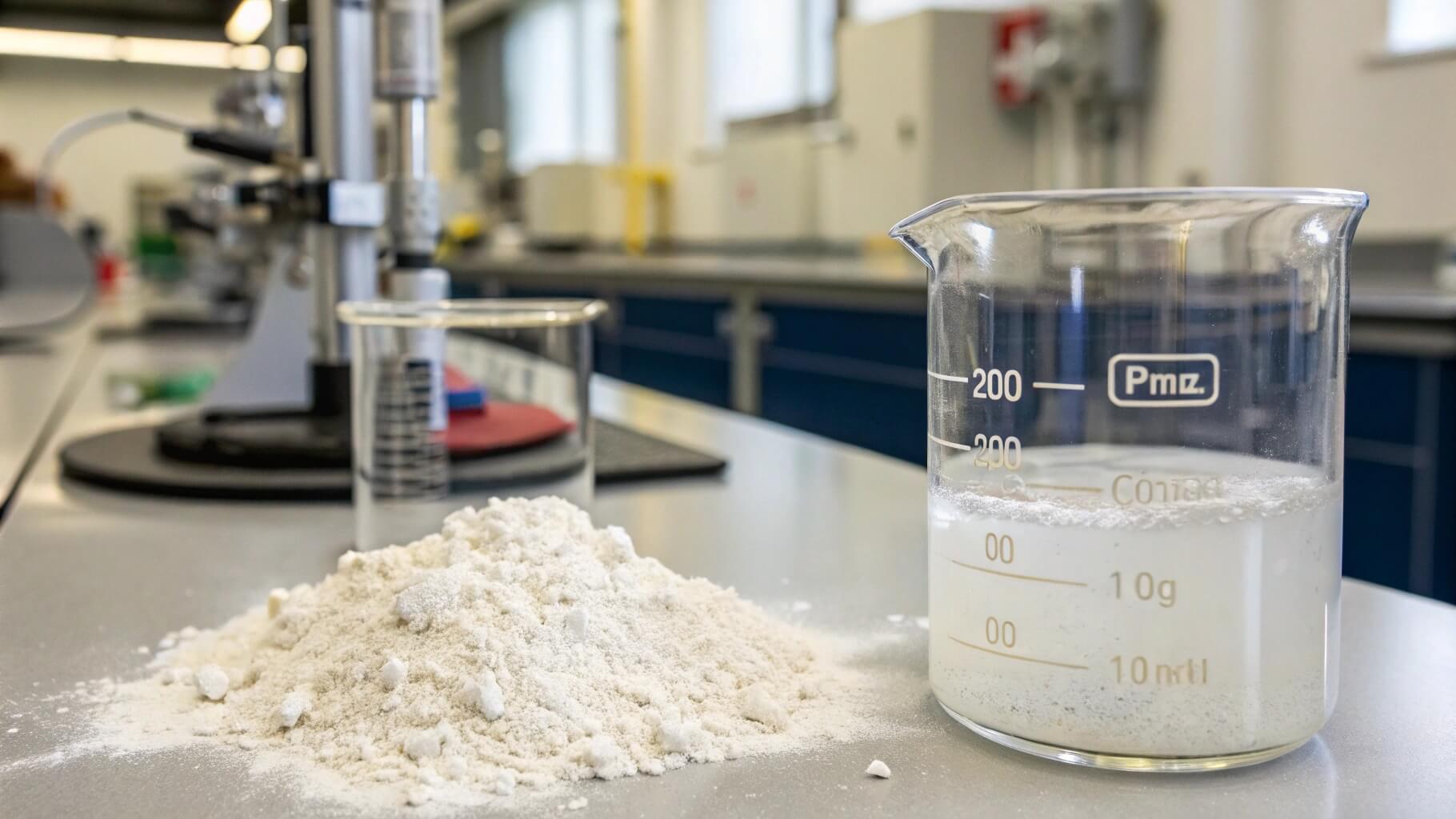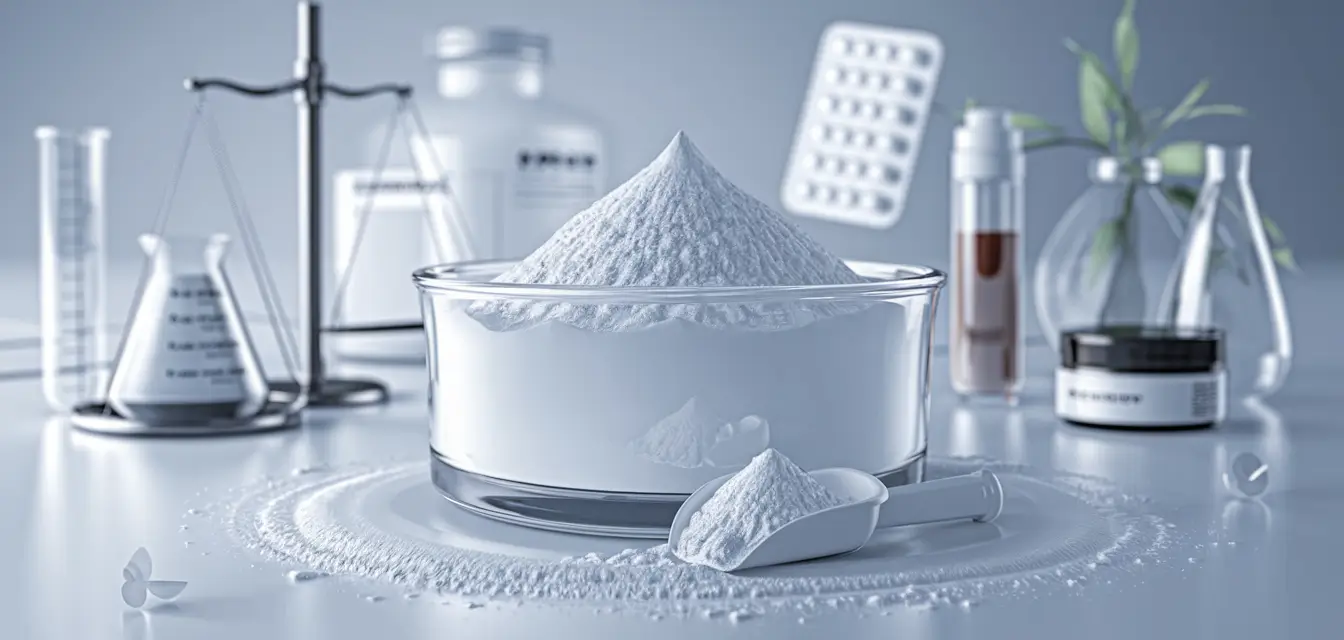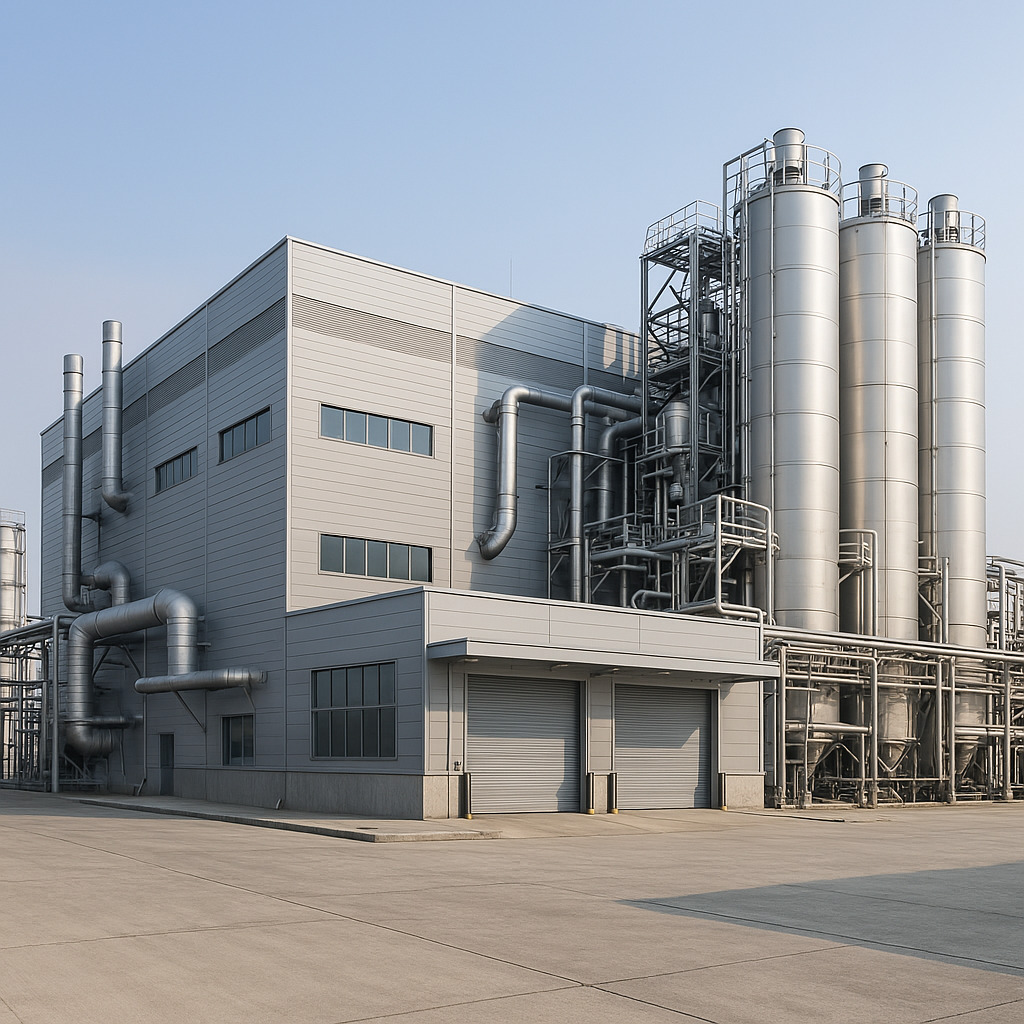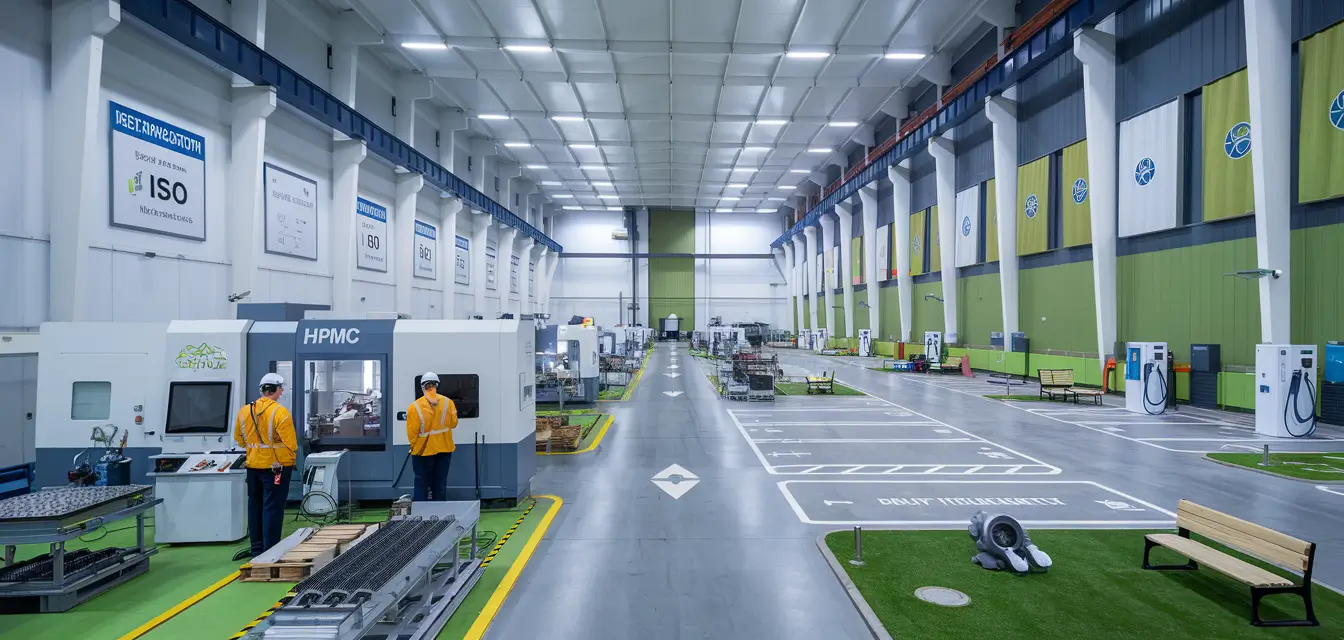L'HPMC E15 svolge un ruolo cruciale in diversi settori, dal farmaceutico all'edilizia. Ma rimane una domanda cruciale: quanto bene si dissolve in acqua? Se la sua solubilità non è ottimizzata, possono sorgere problemi di prestazioni.
Sì, l'HPMC E15 è solubile in acqua, ma la sua dissoluzione dipende da fattori come temperatura, concentrazione e metodo di miscelazione. Se opportunamente disperso, forma una soluzione colloidale, il che lo rende prezioso nei rivestimenti farmaceutici, negli additivi alimentari e nei materiali da costruzione.

Rappresentazione grafica della dissoluzione dell'HPMC E15 in acqua, che evidenzia i principali fattori di solubilità.
Comprendere come l'HPMC E15 interagisce con l'acqua è essenziale per massimizzarne l'efficienza in diverse applicazioni. La prossima sezione ne esplorerà la composizione e spiegherà perché la solubilità è un fattore chiave per le sue prestazioni.
Che cos'è l'HPMC E15 e perché la sua solubilità è importante?
L'HPMC E15 è ampiamente utilizzato in ambito farmaceutico, alimentare e nell'edilizia. Ma perché la sua solubilità è importante? Se non si dissolve correttamente, può portare a prestazioni incoerenti, compromettendo la qualità e l'efficacia del prodotto.
HPMC E15 è un etere di cellulosa non ionico, solubile in acqua Con proprietà filmogene, addensanti ed emulsionanti. La sua solubilità è fondamentale perché determina la sua efficacia nei rivestimenti, nel rilascio controllato di farmaci e nelle applicazioni industriali.
Caratteristiche principali dell'HPMC E15
| Proprietà | Descrizione |
|---|---|
| Aspetto | Polvere da bianca a biancastra |
| Viscosità | 12-18 mPa·s (soluzione 2%) |
| Solubilità | Solubile in acqua e in alcuni solventi organici |
| Intervallo di pH | 5.0 – 8.0 (soluzione 1%) |
| Applicazioni | Prodotti farmaceutici, alimentari, edilizia, cura della persona |
Perché la solubilità è importante
- Industria farmaceutica: Nelle formulazioni dei farmaci, i controlli HPMC E15 tassi di rilascio dei farmaciLa scarsa solubilità influisce biodisponibilità.
- Industria alimentare: Usato come un stabilizzante e addensante negli alimenti trasformati. La dissoluzione incoerente porta a problemi di consistenza.
- Industria delle costruzioni: HPMC E15 migliora ritenzione idrica nel cementoSe la solubilità è bassa, le prestazioni adesive ne risentono.
Un HPMC E15 ben disciolto garantisce una consistenza uniforme, una funzionalità controllata e una maggiore stabilità del prodotto. Nella prossima sezione esploreremo come l'HPMC E15 si dissolve in acqua e quali sono le condizioni migliori per ottenere una solubilità ottimale.
Come si dissolve l'HPMC E15 in acqua?
Miscelare l'HPMC E15 con acqua può sembrare semplice, ma una dispersione non adeguata può portare alla formazione di grumi e a una dissoluzione incompleta. Qual è quindi il modo migliore per ottenere una soluzione liscia e omogenea?
L'HPMC E15 si dissolve in acqua disperdendosi prima in acqua fredda, idratandosi gradualmente e formando poi una soluzione colloidale uniforme. La temperatura, la velocità di miscelazione e la concentrazione influiscono sul processo di dissoluzione.
Processo di dissoluzione passo dopo passo
- Dispersione in acqua fredda – L'HPMC E15 deve essere aggiunto lentamente all'acqua fredda o a temperatura ambiente, mescolando con cura. Questo previene la formazione di grumi.
- Fase di idratazione – Quando le particelle assorbono acqua, si gonfiano e iniziano a dissolversi. Questo processo avviene 15-60 minuti a seconda della concentrazione.
- Influenza della temperatura – Una volta idratato, un delicato riscaldamento (40-60°C) accelera la completa dissoluzione.
- Miscelazione finale – L’agitazione continua garantisce una dispersione uniforme e previene la formazione di gel.
Migliori pratiche per la dissoluzione dell'HPMC E15
| Fattore | Migliori pratiche |
|---|---|
| Temperatura dell'acqua | Iniziare con acqua fredda, quindi riscaldare delicatamente |
| Velocità di miscelazione | Mescolare moderatamente (se troppo veloce si forma schiuma) |
| Concentrazione | Le soluzioni 2%–5% si dissolvono più facilmente |
| Tecnica di pre-bagnatura | Disperdere prima in un solvente miscibile con acqua (se necessario) |
Errori comuni da evitare
- Svuotare l'HPMC E15 in acqua troppo velocemente – Causa agglomerati.
- Utilizzando inizialmente acqua calda – Porta a una gelificazione prematura e a una dispersione non uniforme.
- Non mescolare correttamente – Risulta in una solubilità incoerente.
Seguendo questi passaggi, puoi ottenere UN soluzione chiara e stabile[^1] che massimizza i benefici funzionali dell'HPMC E15. Successivamente, esamineremo i fattori che influenzano la sua solubilità e come ottimizzarli.
[^1]: Comprendere i vantaggi di una soluzione chiara e stabile può migliorare le strategie di formulazione e l'efficacia del prodotto.
Quali fattori influenzano la solubilità dell'HPMC E15?
Anche se l'HPMC E15 è solubile in acqua, il raggiungimento dissoluzione coerente ed efficiente dipende da diversi fattori chiave. Ignorare queste variabili può portare a aggregazione, dispersione irregolare o funzionalità ridotta nelle applicazioni.
La solubilità dell'HPMC E15 è influenzata dalla temperatura dell'acqua, dalla concentrazione, dal pH, dal metodo di miscelazione e dalla presenza di altri ingredienti. Il controllo di questi fattori garantisce uno scioglimento graduale e prestazioni ottimali.
Fattori chiave che influenzano la solubilità dell'HPMC E15
| Fattore | Impatto sulla solubilità |
|---|---|
| Temperatura dell'acqua | L'acqua fredda (inferiore a 25°C) assicura una corretta dispersione; il riscaldamento (40-60°C) accelera la dissoluzione. |
| Concentrazione | Concentrazioni più elevate aumentano la viscosità, rallentando la solubilità. Consigliato: Soluzioni 2%-5%. |
| Livello di pH | Intervallo di pH ideale: 5.0-8.0I valori di pH estremi possono alterare la viscosità e le prestazioni. |
| Velocità di miscelazione | Mescolando moderatamente si evita la formazione di grumi; una velocità eccessiva crea bolle d'aria, riducendo la stabilità della soluzione. |
| Presenza di elettroliti | Sali e acidi possono alterare la solubilità e la viscosità dell'HPMC, influenzando le prestazioni delle formulazioni. |
Come ogni fattore influenza la solubilità
-
La temperatura dell'acqua è importante
- Acqua fredda (10-25°C): Ideale per la dispersione iniziale; previene la gelificazione prematura.
- Acqua calda (40-60°C): Aiuta a sciogliere completamente l'HPMC una volta idratato.
- Acqua calda (oltre 70°C): Causa una gelificazione immediata, rendendo difficile la solubilità.
-
Effetto della concentrazione
- Basse concentrazioni (≤2%): Si dissolve facilmente ma forma una soluzione liquida.
- Alte concentrazioni (>5%): Si addensa rapidamente, richiedendo tempi di miscelazione più lunghi.
- Miglior intervallo: Soluzioni 2-5% offrono un equilibrio tra solubilità e viscosità.
-
Sensibilità al pH
- Intervallo ideale: 5,0-8,0 per una viscosità e una dissoluzione stabili.
- Acidi o basi forti può degradare la struttura del polimero, influenzando la formazione della pellicola e la sua stabilità.
-
Tecniche di miscelazione per una migliore solubilità
- Cospargere lentamente HPMC E15 in acqua fredda mescolando.
- Utilizzare un agitatore a soffitto a velocità moderata per garantire una dispersione uniforme.
- Premiscelare con etanolo o glicerina per evitare la formazione di grumi nelle applicazioni ad alta viscosità.
-
Elettroliti e additivi
- soluzioni saline può ridurre la solubilità e modificare la viscosità.
- Tensioattivi migliorano la bagnabilità e la dispersione, aumentando la solubilità.
- Altri polimeri (ad esempio, PVP, PEG) può modificare la forza e la consistenza del gel.
Ottimizzando questi fattori, l'HPMC E15 si dissolve in modo più efficiente, garantendo le massime prestazioni nelle applicazioni farmaceutiche, alimentari ed edilizie. Successivamente, parleremo di come ottimizzare la solubilità per diversi settori.
Come ottimizzare la solubilità dell'HPMC E15 per diverse applicazioni?
Diversi settori richiedono controllo preciso della solubilità dell'HPMC E15 Per garantire prestazioni ottimali. Senza un'adeguata solubilizzazione, le formulazioni farmaceutiche potrebbero presentare un rilascio incoerente del farmaco, i prodotti alimentari potrebbero sviluppare consistenze indesiderate e i materiali da costruzione potrebbero presentare una ridotta forza adesiva.
L'ottimizzazione della solubilità dell'HPMC E15 richiede approcci personalizzati a seconda dell'applicazione. Il controllo della temperatura, i metodi di dispersione e la selezione degli additivi svolgono tutti un ruolo fondamentale per ottenere la massima efficacia.
Metodi di ottimizzazione della solubilità specifici del settore
| Industria | Strategia di ottimizzazione |
|---|---|
| Prodotti farmaceutici | Utilizzare un'idratazione controllata (dispersione di acqua fredda seguita da riscaldamento graduale); assicurarsi che il pH sia entro 5.0-8.0 per mantenere la stabilità del farmaco. |
| Cibo e bevande | Pre-inumidire in etanolo o glicerina prima di mescolare; mescolare moderatamente per evitare la formazione di schiuma. |
| Costruzione | Mescolare prima l'HPMC E15 con gli ingredienti secchi, quindi aggiungere gradualmente l'acqua per evitare la formazione di grumi. |
| Cosmetici | Utilizzare tensioattivi o un leggero riscaldamento per accelerare la dissoluzione e migliorare le proprietà filmogene. |
Ottimizzazione della solubilità nei prodotti farmaceutici
- Dispersione di acqua fredda prima – Versare l’HPMC E15 in acqua fredda mescolando per evitare la formazione di grumi.
- Riscaldamento graduale (40-60°C) – Dopo l’idratazione, riscaldare leggermente la soluzione per accelerare la dissoluzione.
- Mantenere l'equilibrio del pH – Mantenere il pH tra 5.0-8.0 per una viscosità e stabilità controllate.
- Utilizzare la miscelazione controllata – Evitare forze di taglio elevate, che possono rompere la struttura del polimero.
Ottimizzazione della solubilità nelle applicazioni alimentari
- Pre-bagnare con etanolo, glicerina o sciroppo di zucchero per migliorare la dispersione.
- Evitare il calore eccessivo per impedire la gelificazione prematura.
- Utilizzare una miscelazione delicata per mantenere la viscosità senza introdurre aria in eccesso.
Ottimizzazione della solubilità nei materiali da costruzione
- Premiscelare HPMC E15 con polveri secche (cemento, gesso) per migliorare la dispersione.
- Aggiungere gradualmente l'acqua mescolando per evitare la formazione di grumi.
- Se necessario, utilizzare acqua calda (30-50°C) per migliorare la solubilità in miscele dense.
Ottimizzazione della solubilità nei cosmetici
- Sciogliere in una miscela di acqua e tensioattivi per una migliore formazione della pellicola.
- Utilizzare un riscaldamento moderato (40°C max) per accelerare la dissoluzione.
- Da combinare con umettanti come la glicerina per una migliore ritenzione dell'idratazione.
Applicando questi metodi specifici del settore, HPMC E15 consente di raggiungere una solubilità ottimale, migliorando la funzionalità del prodotto in diverse applicazioni. Nella prossima sezione affronteremo i problemi comuni di solubilità e le soluzioni pratiche.
Quali sono i problemi più comuni relativi alla solubilità dell'HPMC E15 e come risolverli?
Anche se l'HPMC E15 è solubile in acqua, una manipolazione impropria può portare a aggregazione, dissoluzione incompleta e funzionalità ridotta. Questi problemi possono avere un impatto negativo sulle prestazioni dei prodotti nelle applicazioni farmaceutiche, alimentari, cosmetiche ed edilizie.
I problemi di solubilità più comuni con HPMC E15 derivano da tecniche di dispersione, controllo della temperatura dell'acqua e miscelazione errate. Identificando questi problemi e applicando soluzioni efficaci, i produttori possono garantire uno scioglimento fluido e uniforme.
Problemi comuni di solubilità e soluzioni
| Problema | Causa | Soluzione |
|---|---|---|
| Agglomerazione | HPMC E15 aggiunto troppo rapidamente all'acqua | Aggiungere lentamente l'HPMC E15 all'acqua fredda mescolando per evitare la formazione di grumi. |
| Formazione del gel prima della dissoluzione | Acqua calda utilizzata inizialmente | Iniziare con acqua fredda per la dispersione, quindi aumentare gradualmente la temperatura. |
| Dissoluzione incompleta | Miscelazione insufficiente o pH non corretto | Mescolare continuamente a velocità moderata e mantenere il pH tra 5.0-8.0. |
| Schiuma o bolle d'aria | L'agitazione ad alta velocità ha introdotto aria | Mescolare a velocità moderata ed evitare un'agitazione eccessiva. |
| Perdita di viscosità | pH troppo basso o esposizione agli elettroliti | Mantenere pH neutro e controllare le concentrazioni saline nelle formulazioni. |
Come risolvere i problemi comuni di dissoluzione
1. Agglomerazione
- Causa:Le particelle di HPMC E15 si attaccano tra loro quando vengono gettate nell'acqua.
- Aggiustare: Sempre cospargere gradualmente mescolando. Pre-bagnatura con etanolo o glicerina può migliorare la dispersione.
2. Formazione del gel prima della completa dissoluzione
- Causa: L'utilizzo di acqua calda all'inizio provoca una gelificazione prematura.
- Aggiustare: Inizia con acqua fredda (10-25°C) per la dispersione iniziale, quindi riscaldare lentamente fino a Temperatura: 40-60°C per una completa solubilità.
3. Dissoluzione incompleta
- Causa: Miscelazione insufficiente o livelli di pH non corretti.
- Aggiustare: Mantenere un velocità di agitazione moderata per evitare la formazione di grumi e garantire un'idratazione uniforme. Mantenere il pH compreso tra 5,0 e 8,0 per stabilizzare la viscosità.
4. Formazione di schiuma e bolle d'aria
- Causa:La miscelazione ad alta velocità introduce aria, riducendo la stabilità della soluzione.
- Aggiustare: Usa un velocità di agitazione moderata e lasciare depositare la soluzione prima dell'uso.
5. Perdita di viscosità
- Causa: Esposizione a pH estremi o ad alte concentrazioni di sali/elettroliti.
- Aggiustare: Mantenere un ambiente a pH neutro e regolare i livelli degli elettroliti per evitare la rottura della viscosità.
Seguendo queste soluzioni, i produttori possono prevenire problemi di solubilità e ottimizzare le prestazioni dell'HPMC E15 nelle loro applicazioni. Nella prossima sezione riassumeremo i concetti chiave e le migliori pratiche per massimizzare la solubilità.
Conclusione: massimizzazione della solubilità dell'HPMC E15 per prestazioni migliori
Raggiungere solubilità ottimale di HPMC E15 è essenziale per la sua efficacia in ambito farmaceutico, alimentare, cosmetico e nell'edilizia. Una scarsa solubilizzazione può portare a agglomerazione, dispersione irregolare e funzionalità ridotta, influenzando le prestazioni del prodotto.
Punti chiave per massimizzare la solubilità dell'HPMC E15:
- Utilizzare acqua fredda per la dispersione iniziale per prevenire la formazione prematura di gel.
- Aumentare gradualmente la temperatura (40-60°C) dopo l'idratazione per accelerarne la dissoluzione.
- Mantenere un intervallo di pH compreso tra 5,0 e 8,0 per preservare la viscosità e la funzionalità.
- Applicare tecniche specifiche del settore per migliorare le prestazioni nei settori farmaceutico, alimentare, edile e cosmetico.
- Evita gli errori comuni come l'aggiunta rapida, l'agitazione eccessiva e l'esposizione a pH o elettroliti estremi.
Se gestito correttamente, HPMC E15 si dissolve in modo efficiente, assicurando formulazioni stabili, funzionalità migliorata e prestazioni migliorate in diversi settori. I produttori dovrebbero implementare metodi di dispersione ottimizzati, miscelazione controllata e impostazioni di temperatura appropriate per sfruttare appieno il potenziale di questo versatile polimero.
Per le aziende che desiderano migliorare la propria Formulazioni HPMC E15, garantire una corretta solubilità è il primo passo verso il raggiungimento maggiore efficienza e migliore consistenza del prodottoSe hai bisogno di ulteriori indicazioni su soluzioni personalizzate o best practice per la tua applicazione specificanon esitate a contattare gli esperti del settore.
Domande frequenti
Qual è la solubilità dell'HPMC E15?
HPMC E15 è altamente solubile in acqua e forma una soluzione colloidale quando opportunamente dispersa. Si dissolve più efficacemente in acqua fredda (10-25°C), con idratazione completa che avviene entro 15-60 minuti a seconda della concentrazione e delle condizioni di agitazione. Una volta idratato, riscaldare delicatamente a Temperatura: 40-60°C può accelerare la completa dissoluzione, rendendolo ideale per applicazioni farmaceutiche, alimentari e industriali.
L'HPMC è solubile in acqua?
SÌ, L'HPMC (idrossipropilmetilcellulosa) è solubile in acqua e forma una soluzione gelatinosa se dispersa correttamente. Tuttavia, il processo di dissoluzione dipende da fattori come temperatura, pH, velocità di miscelazione e concentrazionePer evitare la formazione di grumi, l'HPMC deve essere cosparso lentamente acqua fredda, seguito da moderata agitazione. Una volta idratato, un leggero riscaldamento può ulteriormente migliorarne la solubilità.
Qual è la differenza tra HPMC E5 ed E15?
La differenza principale tra HPMC E5 e E15 risiede nella loro viscosità E utilizzo dell'applicazione:
- Motore HPMC E5: Viscosità inferiore (4-6 mPa·s, soluzione 2%), rendendolo adatto per rivestimenti filmici, sospensioni e formulazioni liquide.
- Motore HPMC E15: Viscosità più elevata (12-18 mPa·s, soluzione 2%), fornendo proprietà filmogene più forti e rilascio controllato del farmaco nel settore farmaceutico.
Entrambi i gradi condividono proprietà chimiche simili ma differiscono nella loro prestazione funzionale a causa delle variazioni di viscosità.
A cosa serve l'HPMC E15 in compresse?
L'HPMC E15 svolge un ruolo critico in formulazioni farmaceutiche in compresse, servendo come un agente filmogeno, legante e polimero a rilascio controllato. Suo alta viscosità permette di regolare tassi di rilascio dei farmaci, assicurando profili di dissoluzione coerentiIn compresse a rilascio prolungato, HPMC E15 forma una barriera di gel attorno al nucleo del farmaco, rilasciando gradualmente i principi attivi nel tempo. Inoltre, migliora stabilità, adesione e resistenza meccanica della compressa per prestazioni migliorate.
Se hai bisogno di ulteriori indicazioni su Selezione o ottimizzazione HPMC E15 per la tua applicazione, consultandosi con esperti del settore può aiutarti a raggiungere i risultati migliori.




